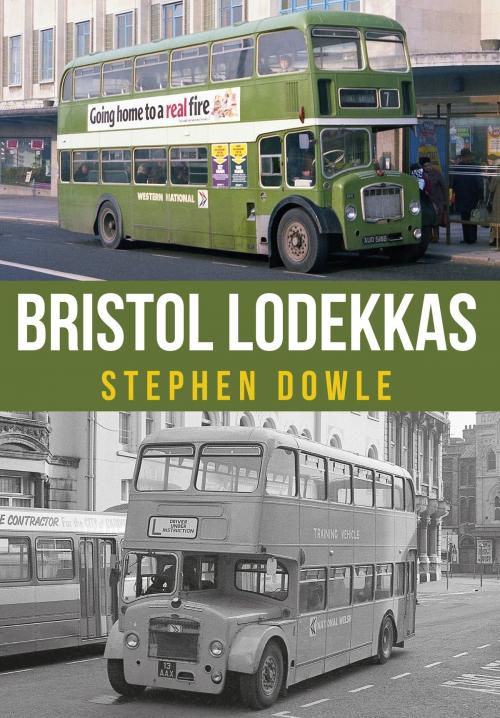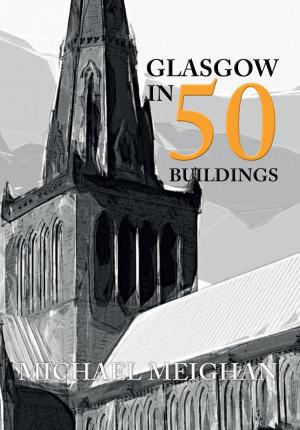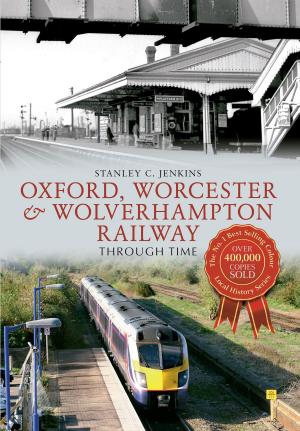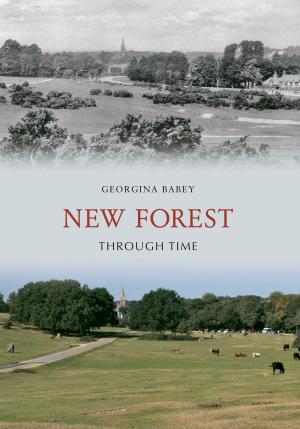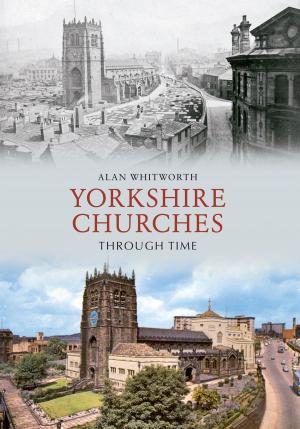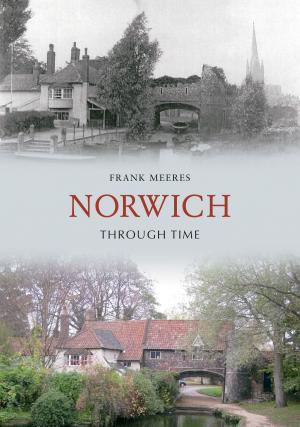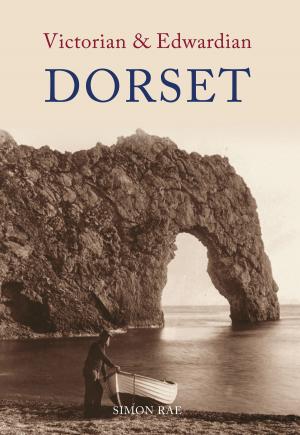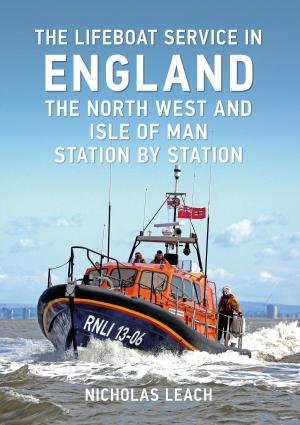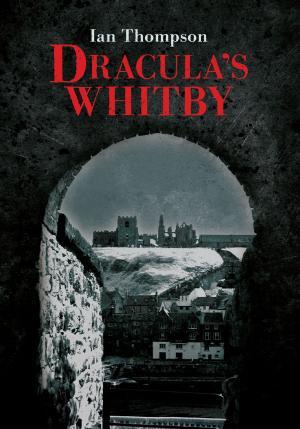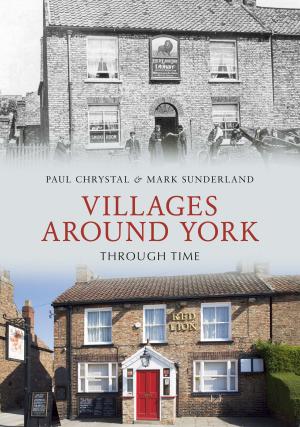| Author: | Stephen Dowle | ISBN: | 9781445664644 |
| Publisher: | Amberley Publishing | Publication: | September 15, 2017 |
| Imprint: | Amberley Publishing | Language: | English |
| Author: | Stephen Dowle |
| ISBN: | 9781445664644 |
| Publisher: | Amberley Publishing |
| Publication: | September 15, 2017 |
| Imprint: | Amberley Publishing |
| Language: | English |
The Bristol Lodekka derived from a prototype of 1949. It offered the solution to a problem familiar to almost every bus operator: low railway bridges. An ingenious re-design of the transmission in which the propeller shaft was offset to the side and drove a drop-centre, double-reduction rear axle eliminated the conventional step up from the platform to the lower saloon, allowing a flat floor and reducing the overall height of a double-decker by a foot. The production vehicle, known as the LD-type, began to appear from 1953. All Lodekkas were bodied by Eastern Coach Works of Lowestoft, who embraced the post-war fashion for enclosing the engine in a rounded ‘cowl’. The result was rather inelegant, but subsequent refinements of the design and the relaxation of the Construction and Use regulations to permit buses 30 feet long, made the final form of the Lodekka – the FLF-type – a handsome and imposing vehicle. By the period covered here, the LD was down to a handful of survivors south of the border, but considerable numbers still ran in the fleet of the Eastern Scottish company. Later variants were still to be found in large numbers, but production had ceased in 1968 and even the last examples were approaching the ends of their lives. The author, who was for twenty years a busman, developed a considerable partiality for the Lodekka and took pains to build up a collection of photographs which depict the type at a time when it was still, just, a familiar sight the length and breadth of Britain.
The Bristol Lodekka derived from a prototype of 1949. It offered the solution to a problem familiar to almost every bus operator: low railway bridges. An ingenious re-design of the transmission in which the propeller shaft was offset to the side and drove a drop-centre, double-reduction rear axle eliminated the conventional step up from the platform to the lower saloon, allowing a flat floor and reducing the overall height of a double-decker by a foot. The production vehicle, known as the LD-type, began to appear from 1953. All Lodekkas were bodied by Eastern Coach Works of Lowestoft, who embraced the post-war fashion for enclosing the engine in a rounded ‘cowl’. The result was rather inelegant, but subsequent refinements of the design and the relaxation of the Construction and Use regulations to permit buses 30 feet long, made the final form of the Lodekka – the FLF-type – a handsome and imposing vehicle. By the period covered here, the LD was down to a handful of survivors south of the border, but considerable numbers still ran in the fleet of the Eastern Scottish company. Later variants were still to be found in large numbers, but production had ceased in 1968 and even the last examples were approaching the ends of their lives. The author, who was for twenty years a busman, developed a considerable partiality for the Lodekka and took pains to build up a collection of photographs which depict the type at a time when it was still, just, a familiar sight the length and breadth of Britain.
